More Work Needed to Meet Global Water Goal, UN Report Says
The Sustainable Development Goal for water is not just about drinking water and sanitation. It encompasses the entire water cycle, from nature to tap and back.
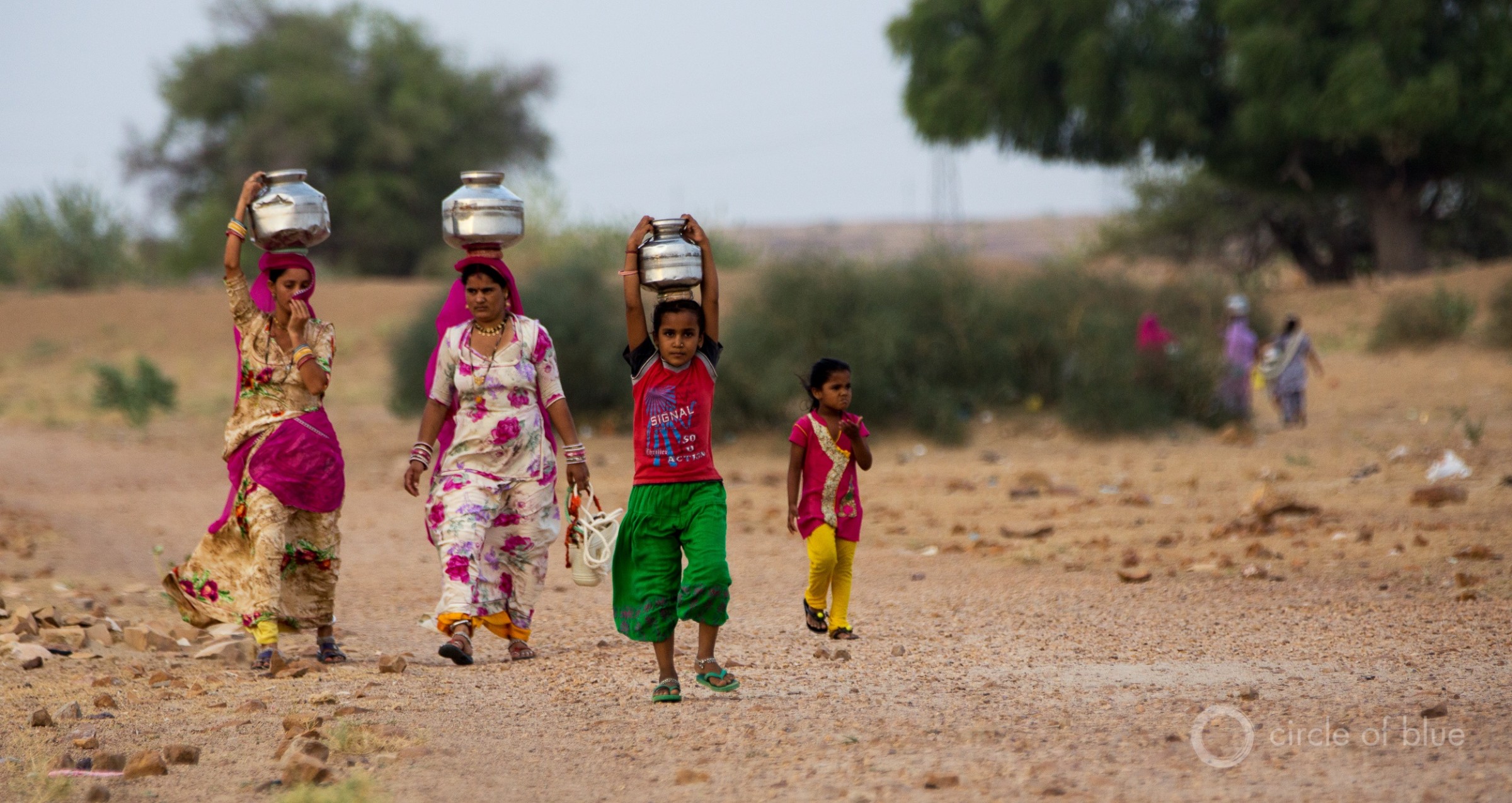
Women and girls walk to gather water in Rajasthan, India. Photo © J. Carl Ganter/Circle of Blue
By Brett Walton, Circle of Blue
National governments are not on track to meet ambitious, globally recognized goals to provide universal access to safe drinking water and sanitation by 2030. Nor are they sufficiently shepherding their rivers, lakes, and aquifers through an era of climate change, water stress, and population growth.
Those are the conclusions in a United Nations water agency report that assesses progress toward Sustainable Development Goal 6, a global benchmark that aims to transform the way that water is managed and delivered. The goal encompasses eight targets for drinking water supply, sanitation, watershed management, pollution prevention, and water use.
“This report shows that we need to do more, much more quickly,” wrote Gilbert Houngbo, chair of UN-Water and president of the International Fund for Agricultural Development, in the report’s foreword.
The numbers show the uphill climb if the goals are to be achieved in the next decade. Some 2.2 billion people, mostly in sub-Saharan Africa, do not have safely managed drinking water, and 4.2 billion do not have the same level of sanitation service. Less than half of domestic wastewater is treated to safe standards. Floods and droughts are becoming more severe in some regions, and few rivers that are shared by multiple countries are managed under cooperative agreements.
While progress towards the goals is incomplete, so is the effort to monitor that progress. Thirty-eight UN member states have data on less than half of the indicators, the report notes. Only 75 countries, most of them wealthy, reported data on wastewater treatment. There is not enough data to assess, at a global level, the status of wastewater treatment or water quality.
Tanvi Nagpal, the director of the international development program at the John Hopkins School of Advanced International Studies, said that even though the data can be unreliable and incomplete, monitoring the commitments is an important act, one that can identify trends and steer financial resources to areas of greatest need.
“It’s good that we’re tracking the outcomes so that we know where to focus,” Nagpal told Circle of Blue. “That we’re measuring the same things over time. That we’re becoming more careful in our terminology.”
Better data collection is one of five actions that UN-Water claims will accelerate progress toward the goals. The other actions are financing that targets the right problems, building the technical skills of local workers, scaling up innovative technologies, and improving governance.
The Sustainable Development Goals, adopted by UN member states in 2015, are a series of 17 benchmarks for improving human health, education, well-being, and the environment. The goal for water is intended to be comprehensive, connecting the provision of drinking water and sanitation to the natural and man-made systems that sustain the services.
A new well, Nagpal explained, is no good if it is polluted by a nearby garbage dump. A household water tap but no soap does not secure all the benefits of handwashing. A latrine located where the water table is high could be flooded.
Adequate and sustainable water is further complicated by the uncertainties of a warming planet. Building more pumps and pipelines will be futile if groundwater levels drop or rivers dry up.
“This new report echoes what we are hearing from our members that water stress is an increasing challenge in many areas,” Sean Furey, director of the Rural Water Supply Network Secretariat, wrote to Circle of Blue in an email.
Furey mentioned four needs for sustainable water access for rural communities: developing skilled workers who can maintain systems, moving away from dependency on foreign aid, expanding the use of household wells, and uniting the fields of water supply and water management, which is one purpose of the Sustainable Development Goals.
Both Nagpal and Furey said that the coronavirus pandemic is a wildcard that is threatening the financial viability of water providers and could undermine progress toward the water goal.
Poverty and lack of water and sanitation access go hand-in-hand, Nagpal said. The World Bank estimates that as many as 150 million people could enter extreme poverty this year because of the pandemic.
“The fear from Covid is that there is real danger of gains being undone,” Nagpal said.
The UN-Water report acknowledges that even before the pandemic, the world was falling short of the water goal. Aid agencies can play a supporting role in the push for universal access, the report states. But it makes clear that national governments have the primary responsibility for success or failure within their borders.
“Ours is a battle for human health, dignity and opportunity,” wrote Houngbo, the UN-water chair.
Brett writes about agriculture, energy, infrastructure, and the politics and economics of water in the United States. He also writes the Federal Water Tap, Circle of Blue’s weekly digest of U.S. government water news. He is the winner of two Society of Environmental Journalists reporting awards, one of the top honors in American environmental journalism: first place for explanatory reporting for a series on septic system pollution in the United States(2016) and third place for beat reporting in a small market (2014). He received the Sierra Club’s Distinguished Service Award in 2018. Brett lives in Seattle, where he hikes the mountains and bakes pies. Contact Brett Walton

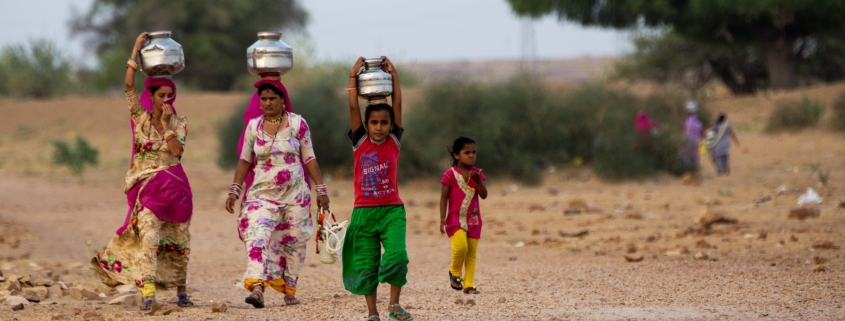

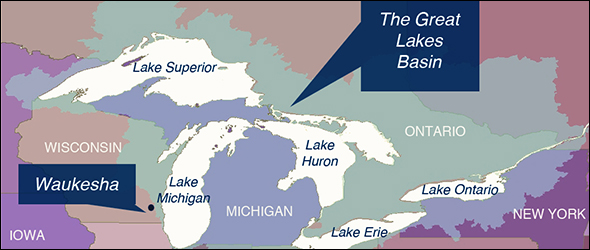

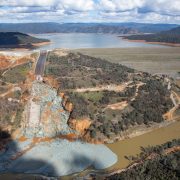
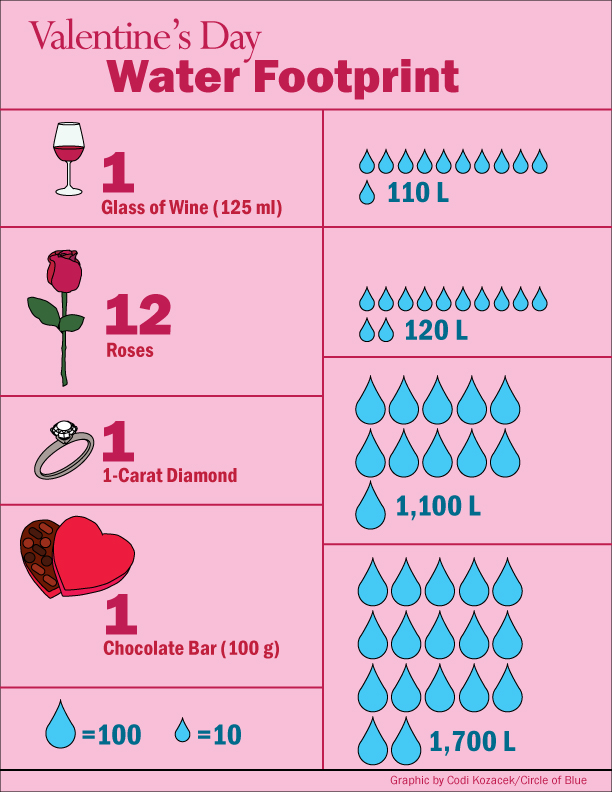
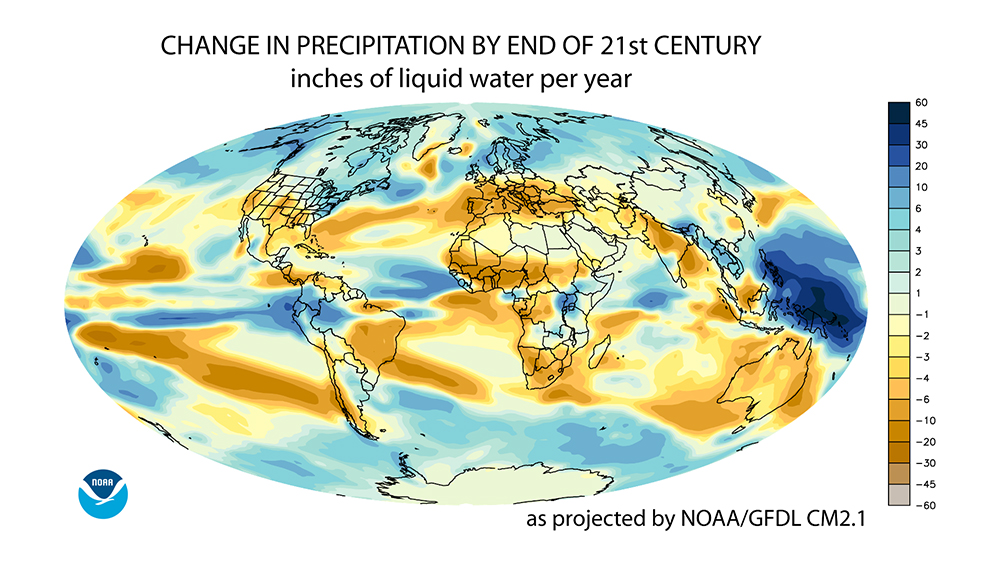
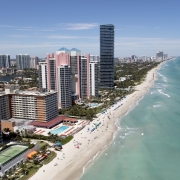

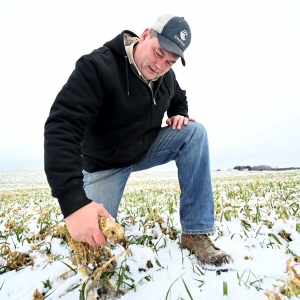

Leave a Reply
Want to join the discussion?Feel free to contribute!